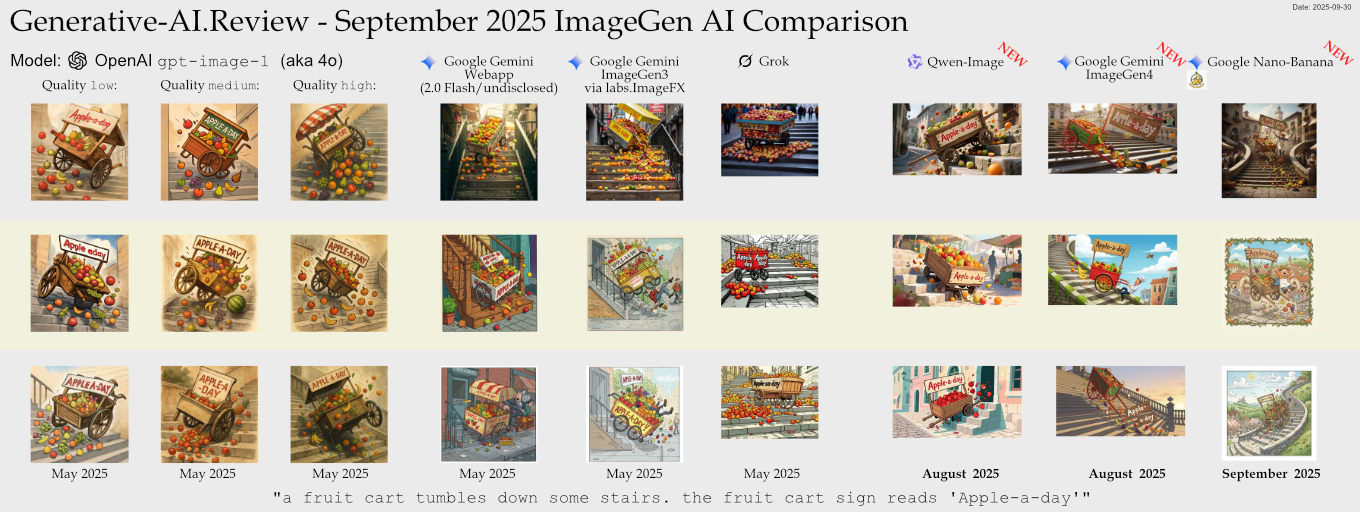and also vs OpenAI vs Gemini ImageGen2 vs Gemini ImageGen3 vs Grok
Table of Contents
- Overview
"A fruit cart tumbles down some stairs. The fruit cart sign reads 'Apple-a-day'"- Conclusions and Practical Implications
September 2025 Image Generation – Qwen-Image vs Google Imagegen v4 vs Google Nano-Banana
I am continuing the series of May 2025 Image Generation OpenAI vs Gemini ImageGen2 vs Gemini ImageGen3 vs Grok , 4o quality comparison and my initial proof-of-concept comparison . Today I tackle the newest models Qwen-Image, an Open Source model, and Google’s two newest models, ImageGen v4 and Nano-Banana. Just a word on Nano-Banana, it is billed more as a image editing tool rather than the others which are image creation tools.
The Testing Approach
I start with a prompt specifically designed to test different aspects of image generation capabilities:
"A fruit cart tumbles down some stairs. The fruit cart sign reads 'Apple-a-day'"– This challenges the model with complex physics (tumbling objects), multiple elements (fruit, cart, stairs), and text rendering.
Again I follow Edward Tufte’s visualization principles, I’ve arranged the outputs in small multiples to facilitate direct visual comparison. For each prompt, I generated multiple images across different quality settings to evaluate consistency, feature accuracy, and stability.
Findings: “A fruit cart tumbles down some stairs. The fruit cart sign reads ‘Apple-a-day’”
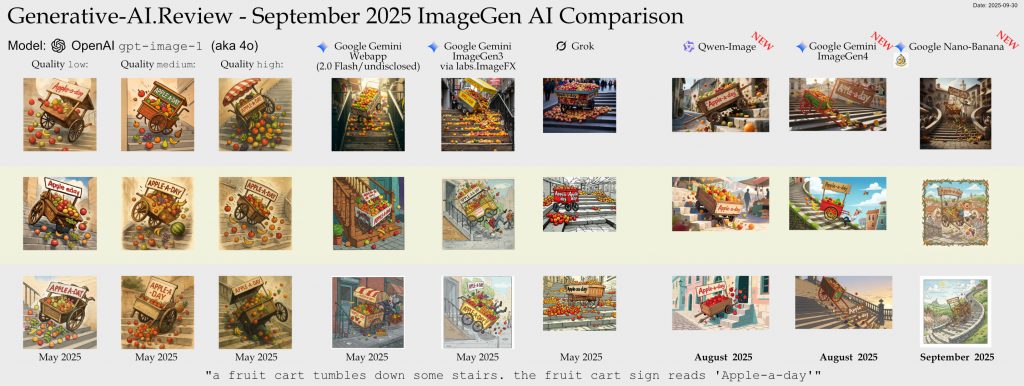
Click for an enormous zoomable version: large 7170x2700px raw link
The top row is direct output with no further prompting. The middle and bottom rows I prompted the models so that the art style was closer to the direct output from OpenAI 4o. e.g. saying “An illustration of a fruit cart tumbling down some stairs. The fruit cart sign reads ‘Apple-a-day’”. This closer matched style aids comparison on other aspects. You will see Qwen-Image and the Google tools choose photographic images when creating direct output.
Conclusions and Practical Implications
I recommend you click for the large zoomable image and take a look for yourself.
The text for all the new entries is generally what was requested (“Apple-a-Day”). This is a refreshing change from the other models which sometimes garbled the text or introduced extra gibberish.
🏆OpenAI 4o (from before) is still the class leader🏆
🏆Qwen-Image🏆
This is an Open Weight model. This means anyone around the world can run this model without requiring permission from a big AI provider… if you can set up the hardware and software to do this. Third party companies like HuggingFace will also allow you to run Qwen if you are missing the hardware.
The results are crisp and compelling. Wow!
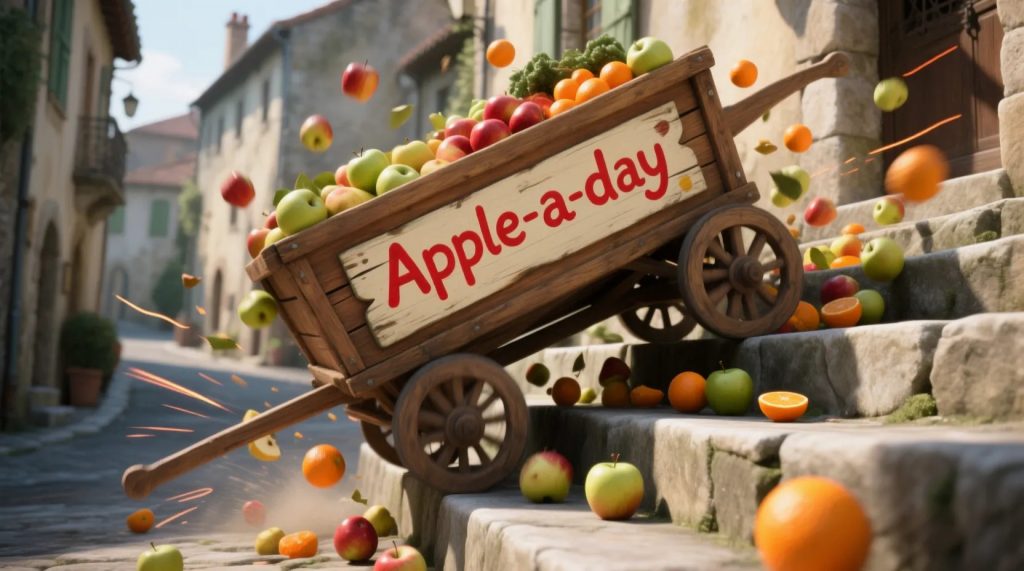
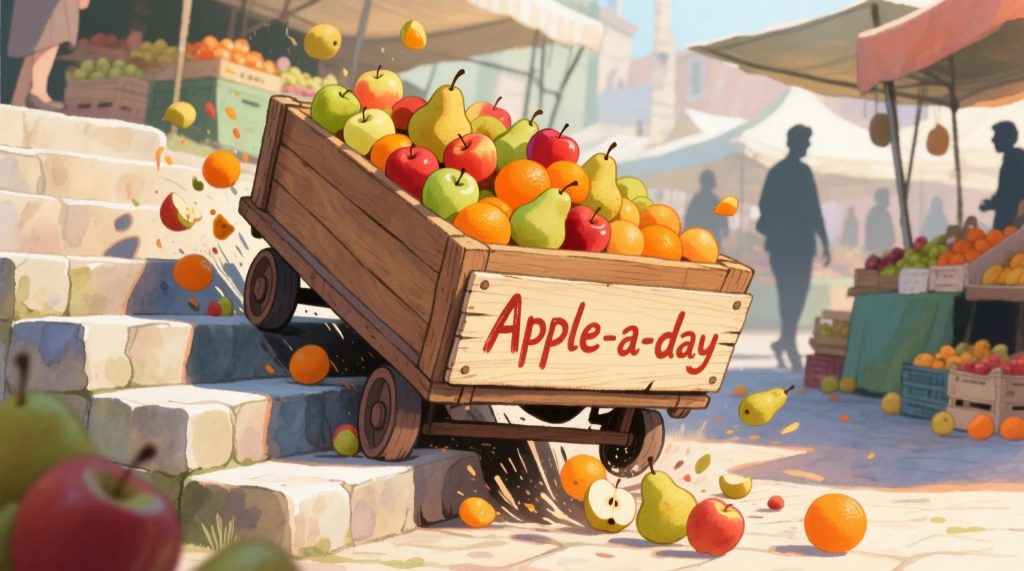
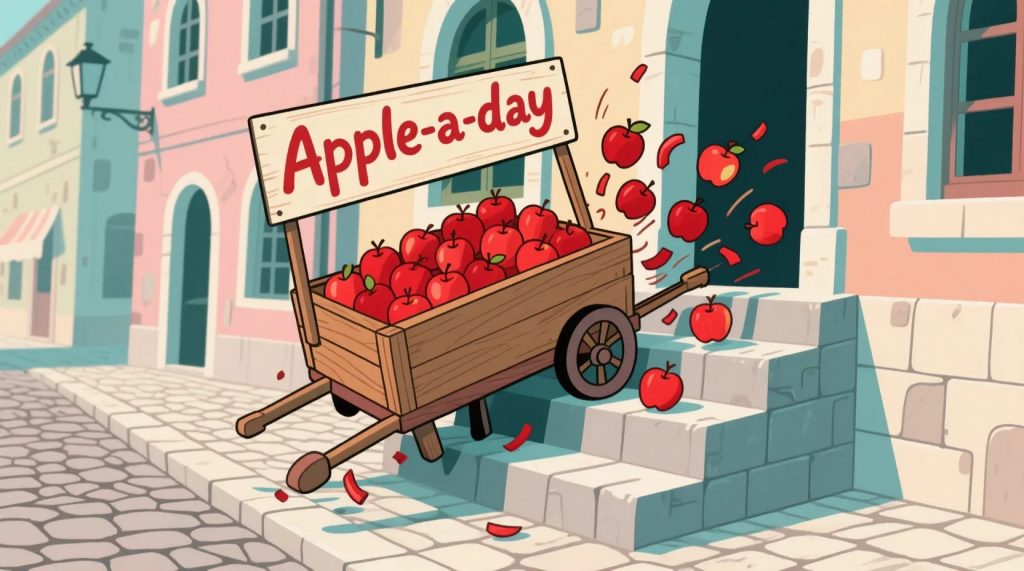
Google ImageGen v4
These look like sloppy AI images. The proportions are wrong to the eye. The image below is almost comically wrong. I added the red X marks. Nothing looks realistic in this image. The sign is unrelated to the cart, most of the fruit looks glued down.
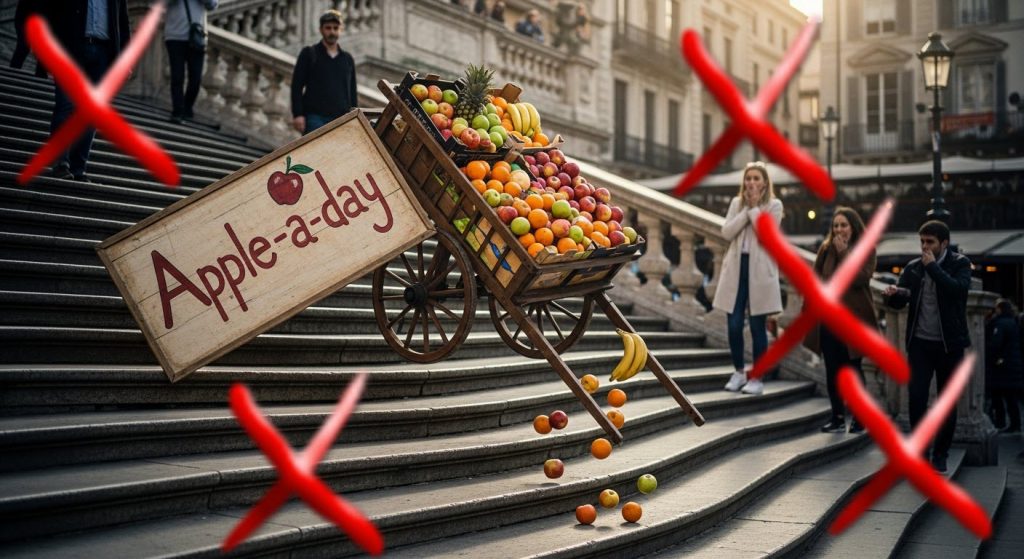
I discarded the one above for the side by side comparisons. They are still not very compelling
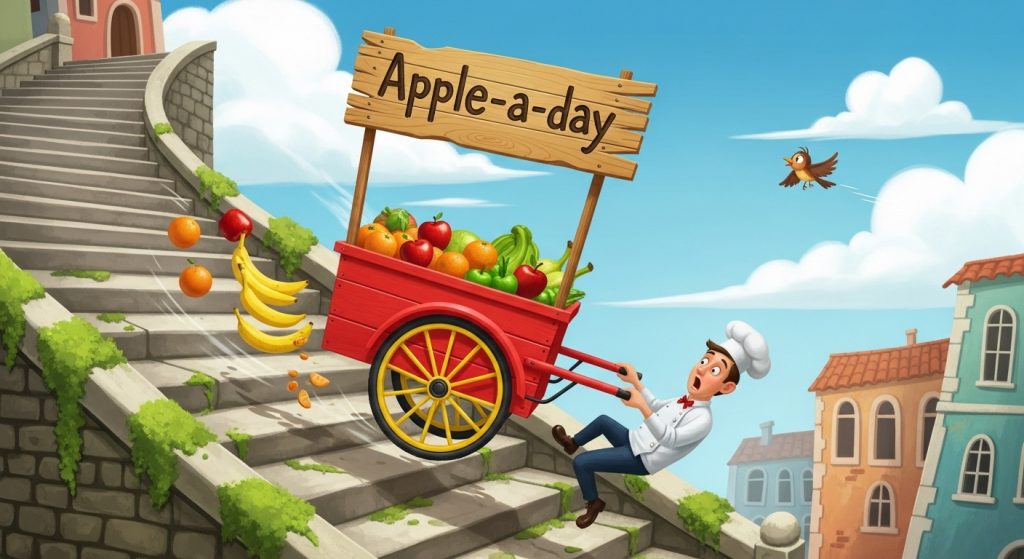
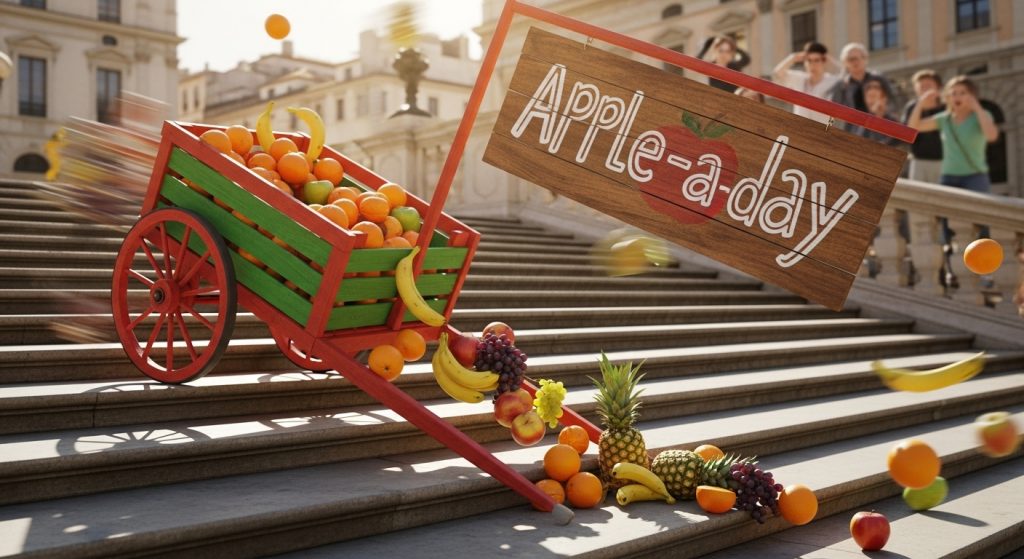
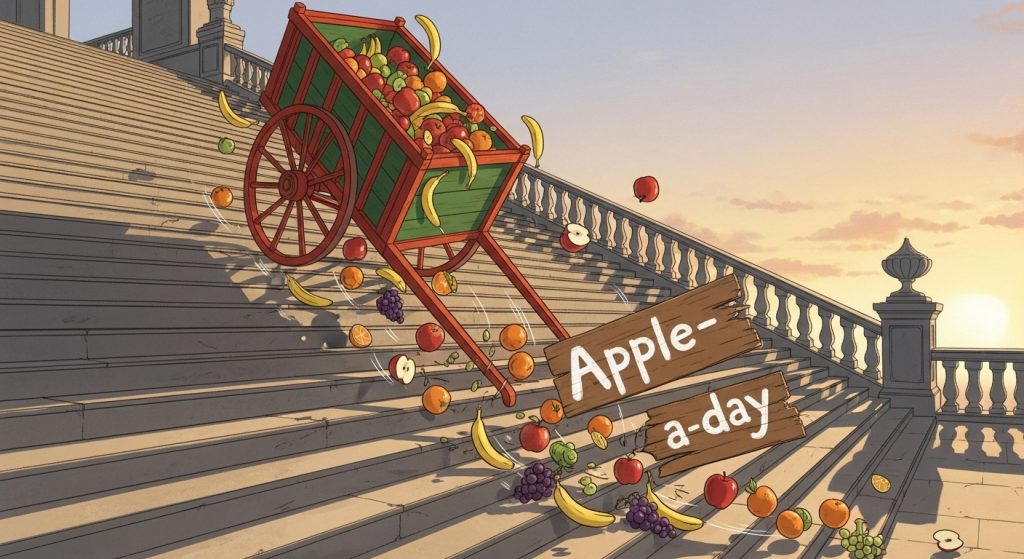
Google Nano-Banana
Just to reiterate: Nano-Banana is designed for Image Editing as much as Image Generation. The test here was Image Generation.
I’ll start with one image that contains obvious GenAI flaws. The Apple cart merchant is very happy for someone who is witnessing the destruction of their cart. They also have two sets of feet, or perhaps three feet. Also the bottom of the stairs is a bit inconsistent.
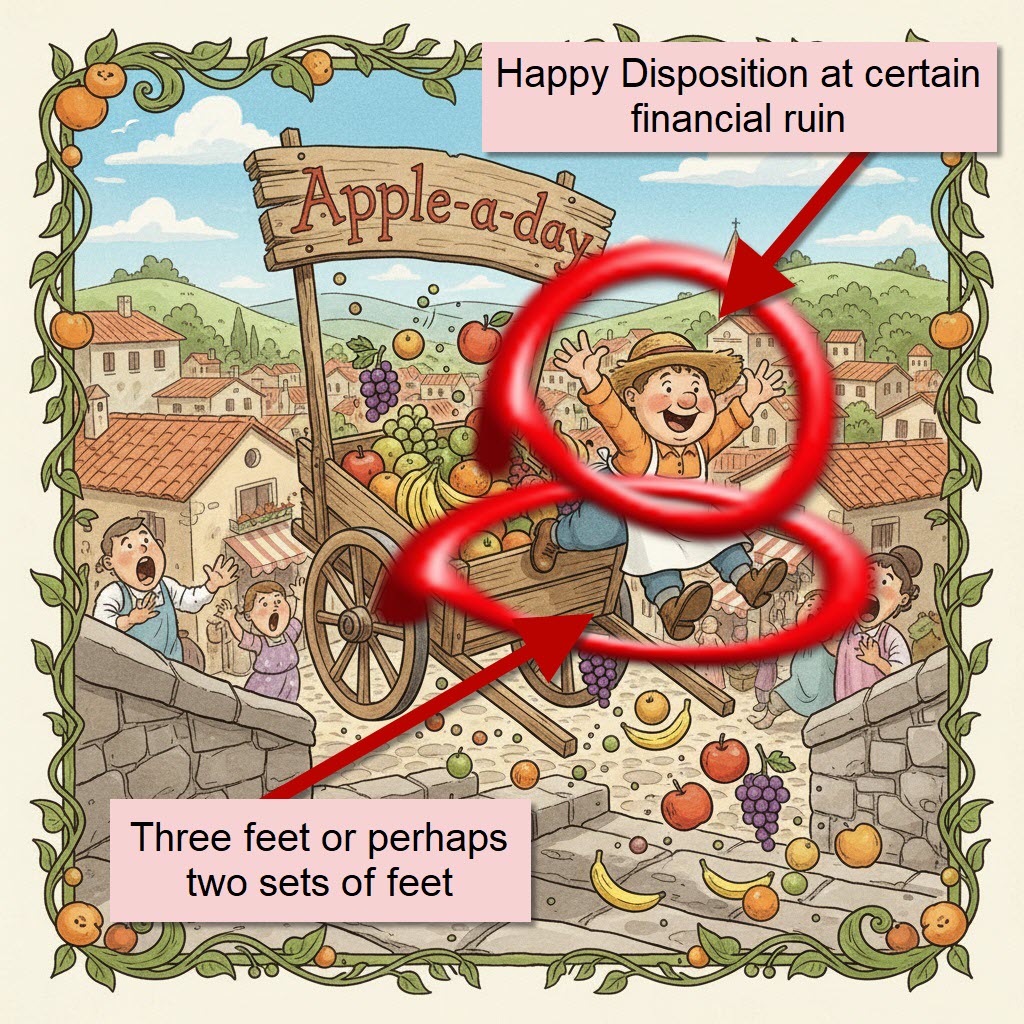
The other images were much better in terms of realism and consistency. Check for yourself here:
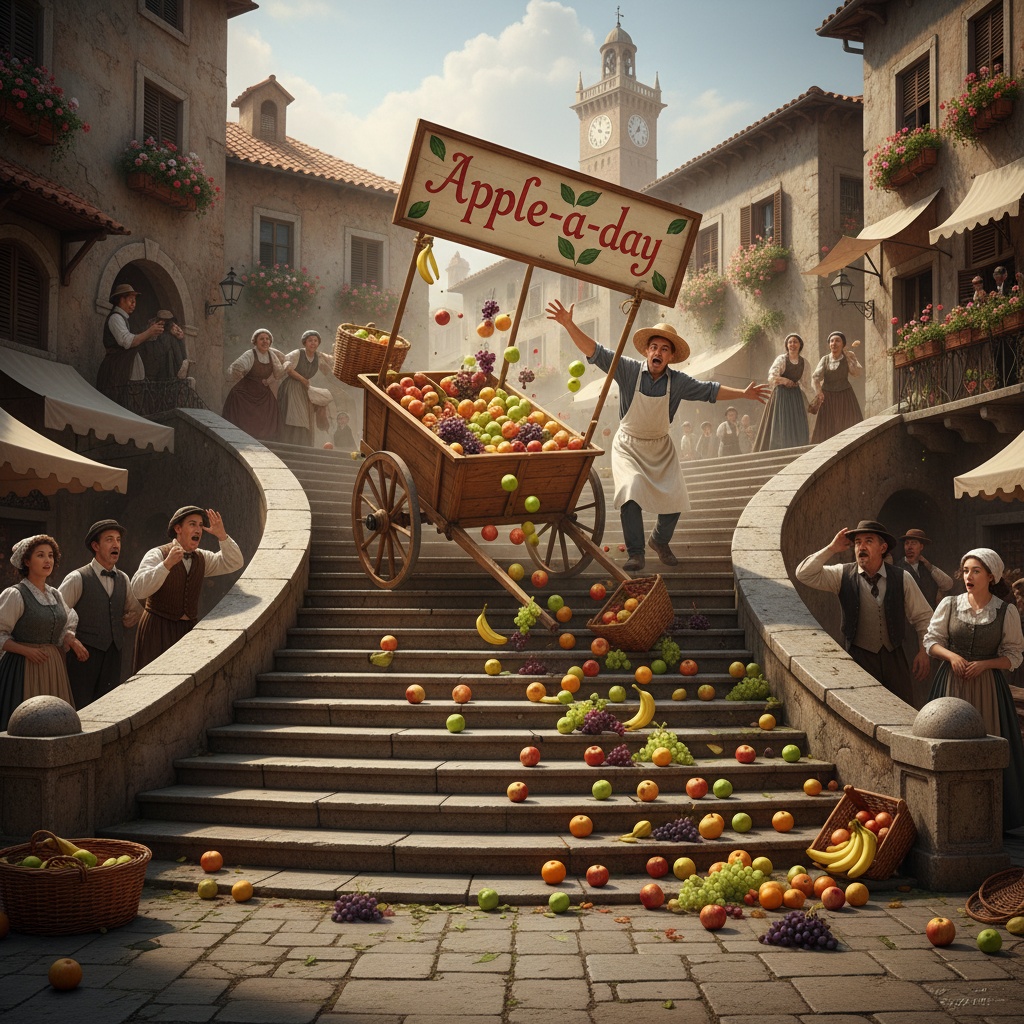
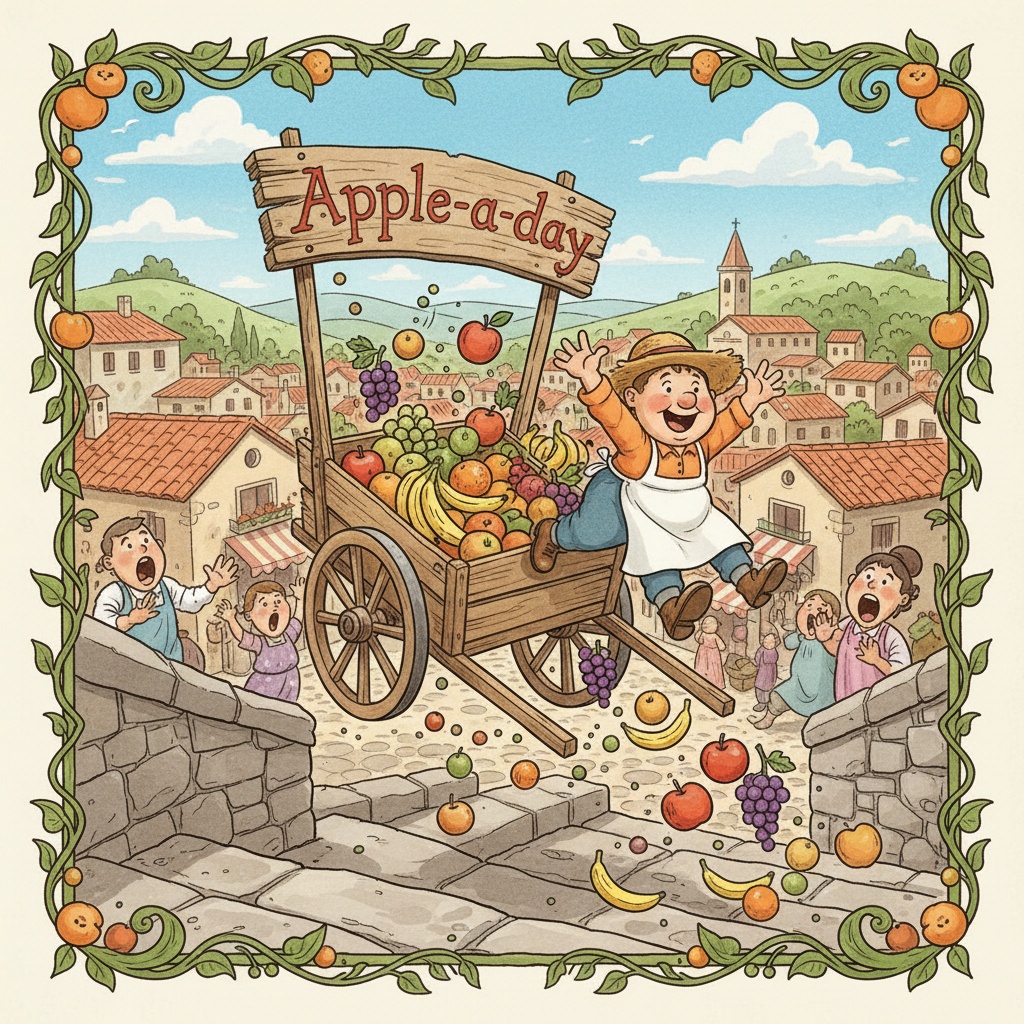
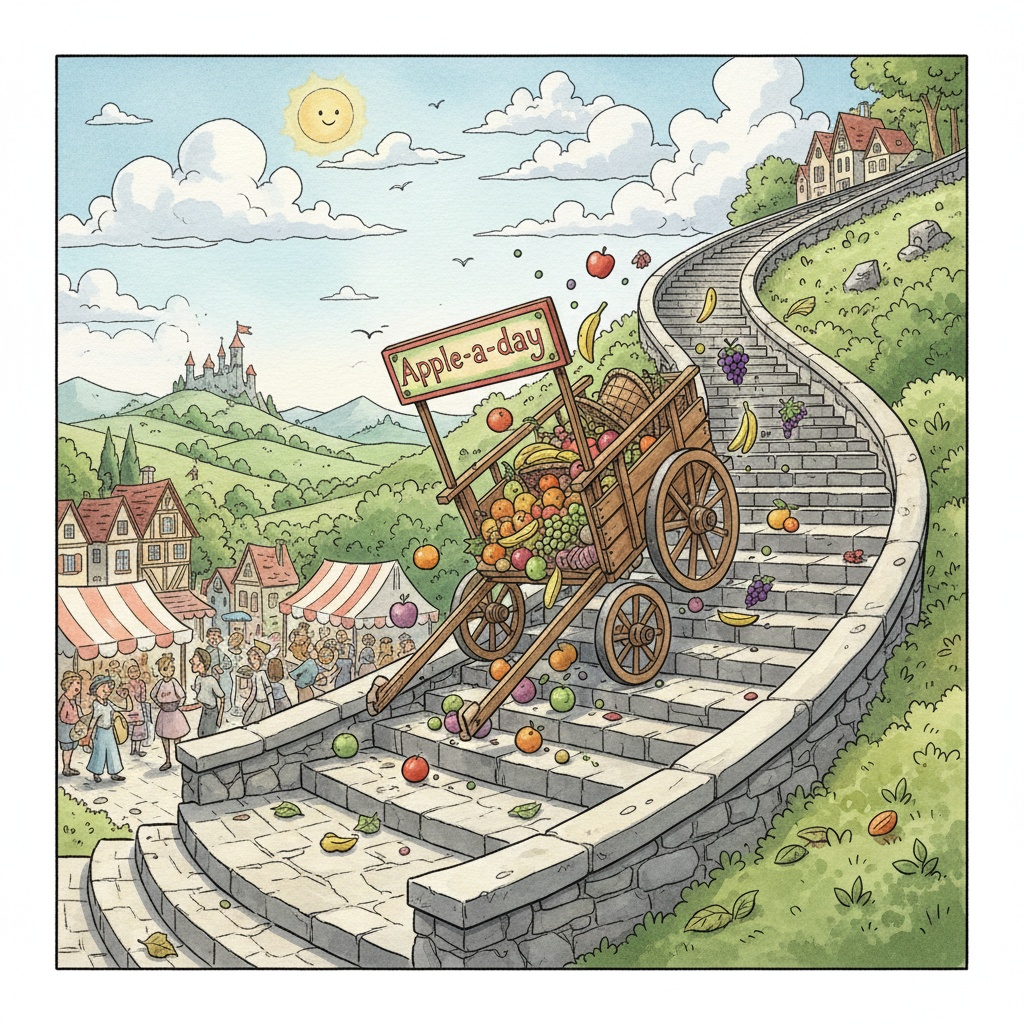
What’s Next?
Let me know by twitter DM which image generation provider you’re planning to use!
